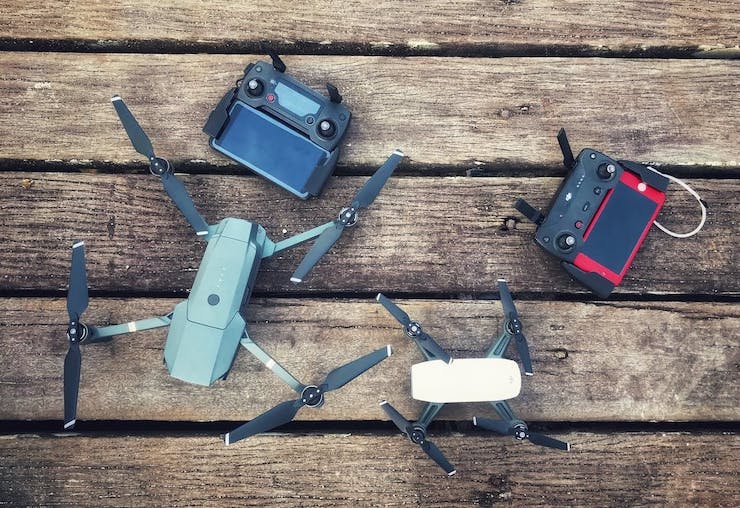
Drones are widely viewed as facilitating safety at the workplace and on the nation’s roads and highways. But how safe is the process by which the drones themselves are manufactured? In a recent study published in Collegiate Aviation Review International, Purdue University researchers Pratik Jadhav and Damon Lercel found that current standards governing the production and maintenance of drones were too low and as a result, some drones currently being sold on the market might not be as safe or functional as advertised. Other more established industries, including the manned aircraft industry, have much higher safety and efficiency standards, the authors found. These industries should be looked to for guidance on how to raise standards in the drone industry, which is shedding its infancy and poised on the cusp of a major commercial expansion.
Jadhav and Lercel reviewed Title 14, Part 107 of the US CFR dealing with drones and found only a rudimentary regulatory regime for addressing drone safety issues. Drones were required to operate within certain parameters but drone manufacturers were largely left to themselves to produce a quality product meeting those specifications. According to the authors, the FAA routinely accepts drone registrations, issues “airworthiness” certificates, and even approves many regulatory waivers based solely on the company’s presentation of a “safety risk management plan” and its overall business experience and qualifications. “[The] manufacturer’s product reliability and testing data, performance record, or technical specifications are not considered,” the authors found.
Part of the problem is a fundamental lack of transparency. Drone manufacturers consider their company records proprietary and even when bidding on major government contracts, are not required to share their internal data on production failures, product defects and recalls, warranty repairs or settlements. Consumers can perform their own product research, poring through publicly available sources, including manufacturer websites, consumer magazines and social media resorts. However, “[f]rom a safety management perspective, these types of data are unreliable, inefficient, and not conducive to supporting robust safety decisions,” Jadhav and Lercel argue.
Another problem is that drone accidents, including collisions and crashes, that may reflect underlying product technology weaknesses or outright product defects, remain severely under-reported. Unless major damage or loss of life occurs, no one is legally required or even encouraged by the FAA or any other body to report a collision between a drone and another drone, or even a manned aircraft. Jadjav and Mercel note that some of these minor mishaps may well be indicative of – and indeed precursors to – more serious operational problems. But the current laissez-faire reporting system fails to encourage further investigation and important safety-related issues never get addressed.
At a minimum, the authors believe the FAA should use public trials and tests of drone products before government and industry clients as an opportunity to insist upon more data from presenters on their manufacturing standards and product safety record. More broadly, the UAV industry should conduct a comprehensive survey of safety management practices in more established industries -– not just manned aircraft but also food and drugs, autos and electronics — to cull ideas for tougher regulatory action. The Consumer Product Safety Commission (CPSC) has an established system in place for manufacturers and consumers to report issues relating to product safety; the results are compiled in a publicly searchable database. UAV stakeholders, many of whom are well aware of drone product failures, sometimes due to battery and power transmitter failures, might be encouraged to do the same, the authors suggest.
The time to do all these things is now, Jadav and Tercel argue. The drone industry is about to explode in size and scope. Restrictions on Beyond Visual Line of Sight (BVLOS) and low-altitude drone flights in densely populated areas will soon be lifted. More sophisticated aircraft with more complex functions will add to the safety risks. As the potential consequences of undetected safety failures (in terms of loss of life and liability) begin to mount, the UAV industry needs to move to the next level.
|